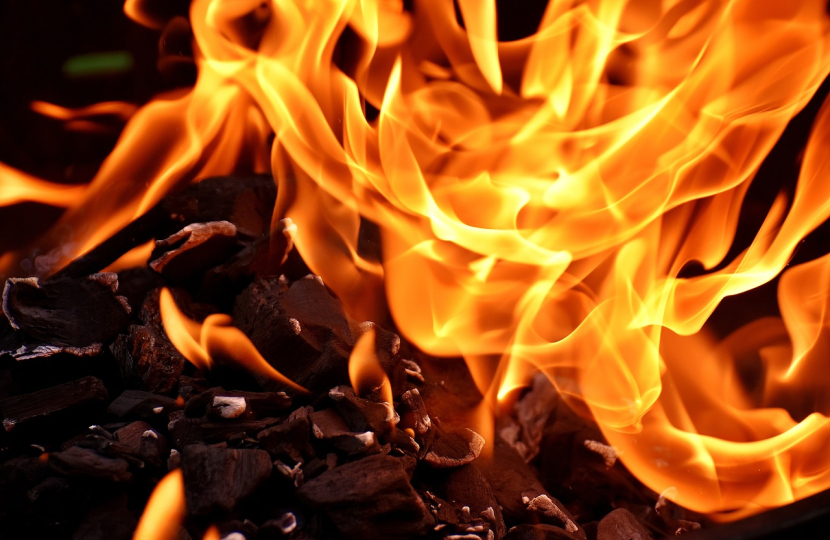
Carbon monoxide is known as the ‘silent killer’ because you can’t see it, smell it or taste it. It kills approximately 40 people every year in England and Wales, hospitalises over 200 people annually, and 4,000 others need to have urgent medical attention as a result of CO poisoning.
The most significant source of exposure to carbon monoxide for the general public is from cooking or other fuel burning appliances, such as home boilers and log burners. The risks of carbon monoxide poisoning increase if these appliances are poorly installed, faulty or used inappropriately without adequate ventilation.
CO poisoning happens when you breathe in even small amounts of this poisonous gas. Even low levels of exposure over a long period of time can cause serious health issues, such as lasting neurological damage.
Statistics from Gas Safe Registers Gas Safe Map illustrate some alarming concerns:
• 1 in 6 boilers inspected by Gas Safe Register are unsafe
• 1 in 2 gas fires inspected by Gas Safe Register are unsafe
• 1 in 6 cookers inspected by Gas Safe Register are unsafe Of the customers WWU attended for carbon monoxide call outs, 56% had faulty or expired carbon monoxide alarms or expire alarms. 16% has no carbon monoxide alarm at all.
As the gas distribution network serving households and businesses across North Wales, Wales and West Utilities are urging everyone to use this time of year to check they have an audible carbon monoxide alarm and also to remind family and friends to check, to help everyone stay gas safe this winter.
Wales and West Utilities aim to make more people aware of the symptoms and signs of Carbon Monoxide and what to do if they spot them and are therefore running a campaign designed to educate people on the symptoms of carbon monoxide poisoning, and signs around the home, because not everyone can afford carbon monoxide alarms and annual gas safety checks.
The theme of their campaign for 2024 is based on their online interactive carbon monoxide game called ‘Crack the COde’.
The symptoms of carbon monoxide poisoning include:
• Headaches
• Tiredness
• Nausea
• Dizziness
• Drowsiness
• Shortness of breath
• Loss of consciousness in extreme cases.
Its symptoms can be mistaken for food poisoning and the flu, due to their similarities.
Actions to prevent CO poisoning:
• Get an audible carbon monoxide alarm in every room with a gas appliance and test it regularly.
• Have all your gas appliances regularly serviced and safety checked every year by a Gas Safe register engineer. If you rent your home, ask for a copy of the landlord’s current Gas Safety Record.
• Know the signs of carbon monoxide: Look out for your gas appliances burning a floppy yellow or orange, not crisp and blue; pilot lights on boilers frequently blowing out; extra condensation inside your window; soot or yellow stains around appliances.
• Know the symptoms of carbon monoxide poisoning: similar to the flu or food poisoning without a high temperature.
• If your alarm sounds, or you suspect carbon monoxide, take action: move outside into fresh air, leaving doors and windows open as you go. Then call the National Gas Emergency Service on 0800 111 999. In a medical emergency, don't delay, call 999 immediately.
Every year you should get your appliances serviced by a Gas Safe registered engineer - a list of Gas Safe registered engineers can be found on: www.gassaferegister.co.uk.
If you use solid fuel, make sure you get your chimneys and flues swept every year, too.
Get an audible alarm which is certified to British Standard BS EN 50291. These cost around £15 and you can buy them from your local DIY store, supermarket or energy supplier. However, remember, alarms are important but they're not a substitute for annual safety checks.
By following these simple steps and sharing information with family, friends and neighbours, we can all help save lives.
